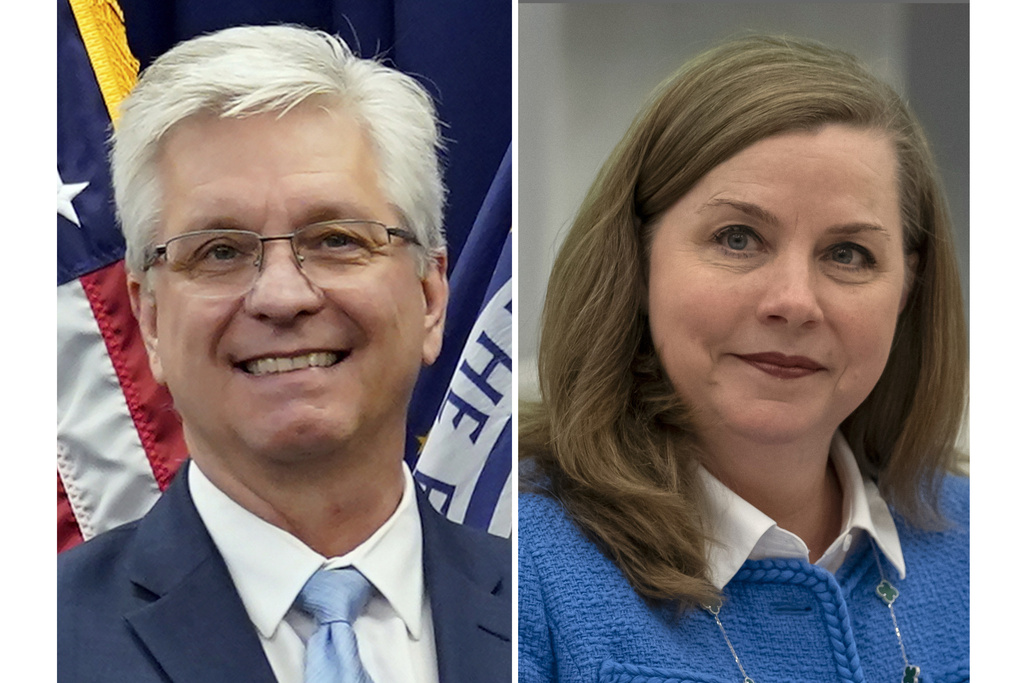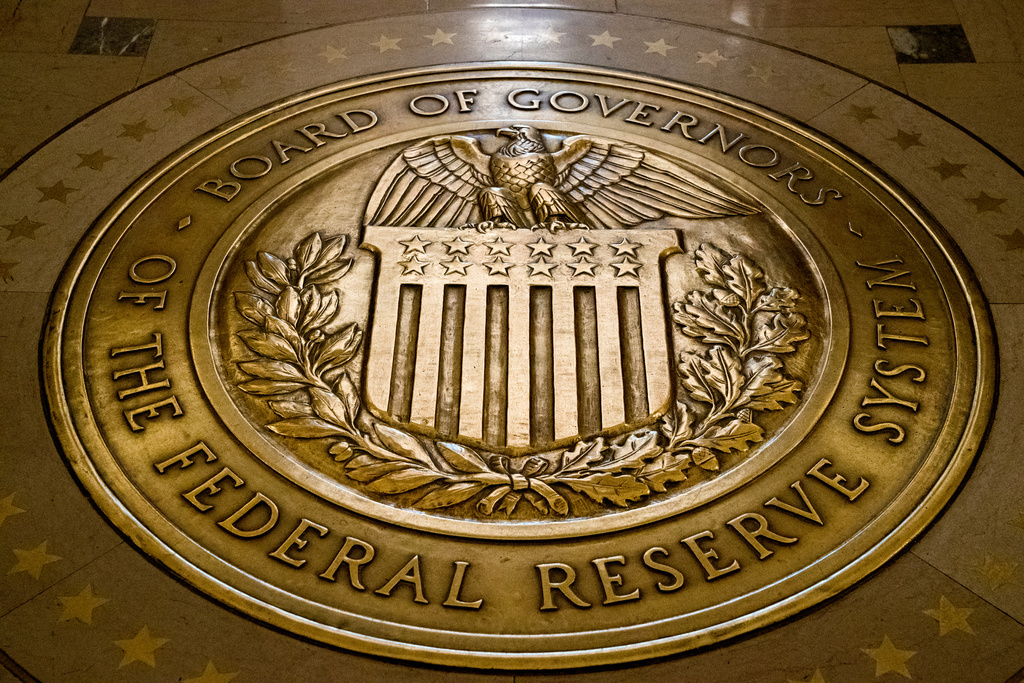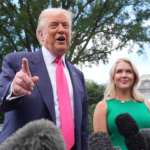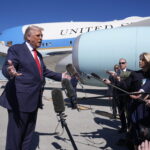Fed Keeps Interest Rates Unchanged Despite Inflation Risks \ Newslooks \ Washington DC \ Mary Sidiqi \ Evening Edition \ The Federal Reserve left its benchmark interest rate unchanged at 4.3% despite mounting pressure from President Trump to cut. Fed Chair Jerome Powell cited rising inflation from Trump’s tariffs and economic uncertainty. A rare dissent emerged from within the Fed’s ranks as internal divisions deepen.

Quick Looks
- Fed maintains interest rate at 4.3%, the fifth hold this year.
- Trump repeatedly urged rate cuts to support economic growth.
- Tariffs driving inflation are a concern, says Powell.
- Governors Waller and Bowman voted to cut rates.
- Inflation remains above the 2% target at 2.7%.
- Job growth slowing, adding pressure to adjust policy.
- Decision could affect Trump’s future Fed chair appointment strategy.
- Fed split reveals deeper philosophical divide over monetary policy.
- Markets dropped after Powell signaled no September decision yet.
- Three policy meetings remain in 2025: September, October, December.
Deep Look
Fed Holds Rates at 4.3% Amid Tensions Over Tariffs, Dissent, and Future Strategy
The Federal Reserve’s decision to keep its benchmark interest rate unchanged—holding steady at around 4.3% for the fifth straight time—is a bold stance that underscores mounting internal and political pressures. Chair Jerome Powell’s announcement comes amid calls from President Trump for immediate rate cuts, fueled by concerns over slowing growth and the need for cheaper credit, but the Fed is visibly cautious.
Inflation Risks Versus Growth Realities
Powell emphasized that Trump’s sweeping tariffs are beginning to push up the cost of goods—especially imports—raising concerns about inflation. Yet, service-sector prices—like rent, insurance, and hotel rates—are cooling, signaling complexity beneath the surface of the inflation numbers.
“That is a risk to be assessed and managed,” Powell warned, noting that the Fed remains uncertain whether inflation driven by trade disruptions will be transitory or sustained.
The Fed’s preferred inflation gauge—core prices excluding food and energy—rose 2.7% year-over-year, above the 2% target. Washington-based dissents within the Fed reveal ideological divisions on how fast and how deep to cut rates as inflation sticks above target.
Internal Dissent Signals Transition at Brink
In a rare split, Governors Christopher Waller and Michelle Bowman dissented, voting for a rate cut, while nine others—including Powell—favored staying the course. It’s the first time in over 30 years that two governors on the seven-member Board of Governors dissented. With Adriana Kugler absent, the symmetry—and symbolism—of the vote may suggest hidden fractures.
Governor Waller, often mentioned as a potential future Fed chair, favors cuts due to slowing growth and softening labor markets. Governor Bowman, previously dissenting at the September 2024 half‑point cut, preferred a smaller quarter-point reduction for caution. Their stances may reflect not just economic views—but positioning for future leadership alignment following Powell’s term ending in May 2026.
Market and Political Fallout
Markets initially reacted positively to Powell’s announcement, but equities reversed course sharply post-conference as investors absorbed the uncertainty about a September rate cut.
White House pressure remains intense. Trump continues to criticize the Fed’s inaction, arguing that lower rates would support sustained economic growth. Yet the Fed’s independence—and its resistance to political pressure—was clear in Powell’s repeated refusal to commit to any move before September, saying, “We have made no decisions about September.”
Economic Data: Growth vs. Labor Weakness
The U.S. economy posted 3% growth in Q2, rebounding from a 0.5% contraction in Q1, resulting in a modest 1.2% average growth rate for the first half of 2025. Despite steady GDP, non-government payrolls added just 74,000 jobs in June, slowing considerably. Analysts like Tom Porcelli (PGIM) estimate that under-the-radar labor weakness may shift the growth narrative.
Additionally, Gus Faucher (PNC Financial) expects that inflation driven by tariffs will be temporary, and sees December 2025 as the likely window for a rate cut—if inflation and growth trajectories align.
Outlook for September and Beyond
The Fed’s June Summary of Economic Projections suggested two rate cuts in 2025. With only three policy meetings remaining—September, October, and December—the strategy is narrowing. Some officials support holding rates steady all year, while others push for one or two cuts. Waller and Bowman stand alone advocating for three reductions.
Going forward, if Trump returns to office, his likely chair pick could tilt the Fed toward rapid rate cuts. That may heighten tensions among board members committed to data-based caution and inflation control.
Broader Implications for U.S. Monetary Credibility
This rate decision reaffirms the Fed’s commitment to price stability and institutional independence, even under political pressure. Powell’s approach reflects a belief that premature easing could reignite inflation, but continued inaction risks economic softening and public dissatisfaction.
Looking ahead, this balancing act—between inflation risk, growth prospects, White House pressure, bond market signals, and future leadership dynamics—will define the Fed’s navigation through a turbulent economic landscape.
Fed Keeps Interest Rates







